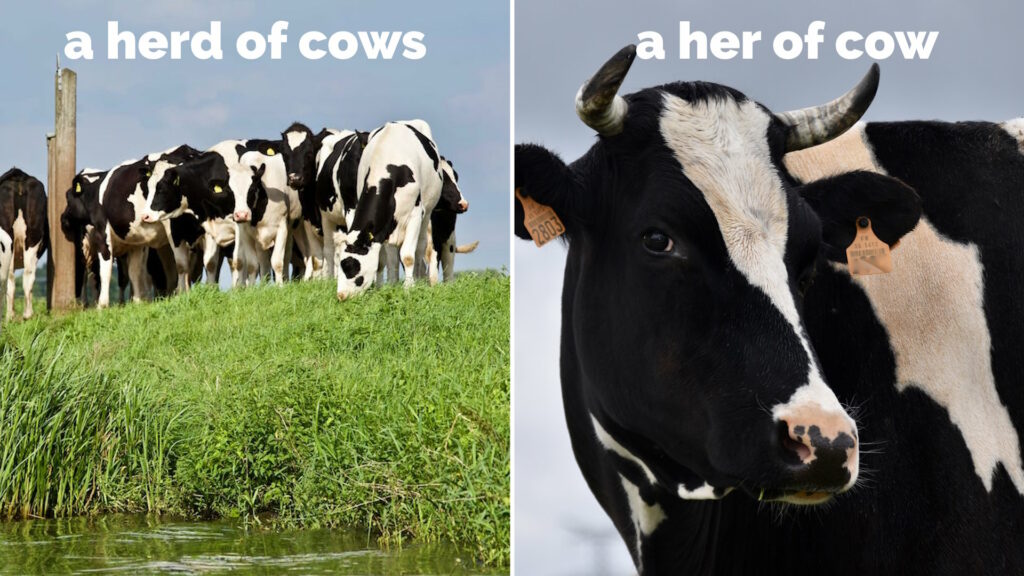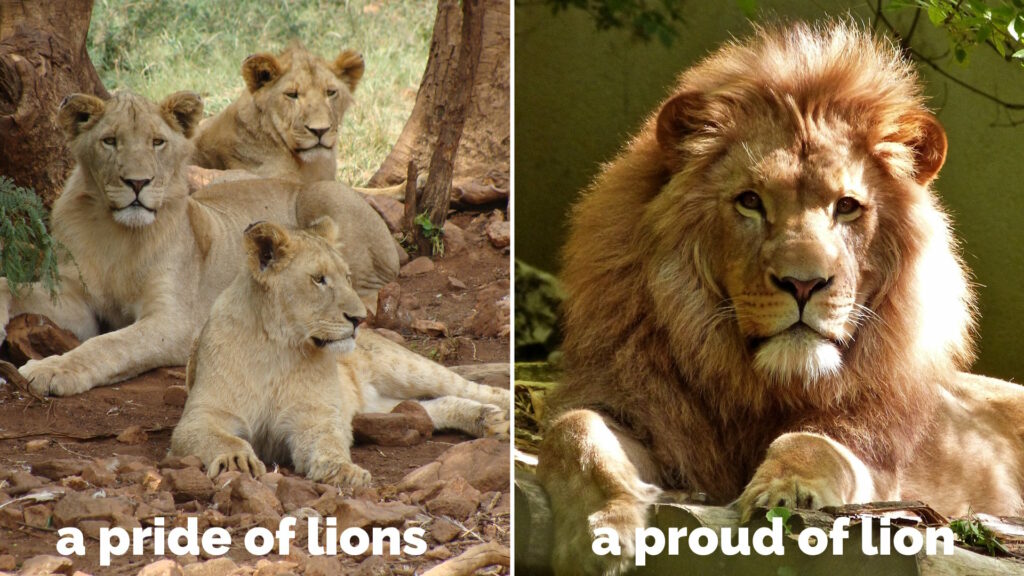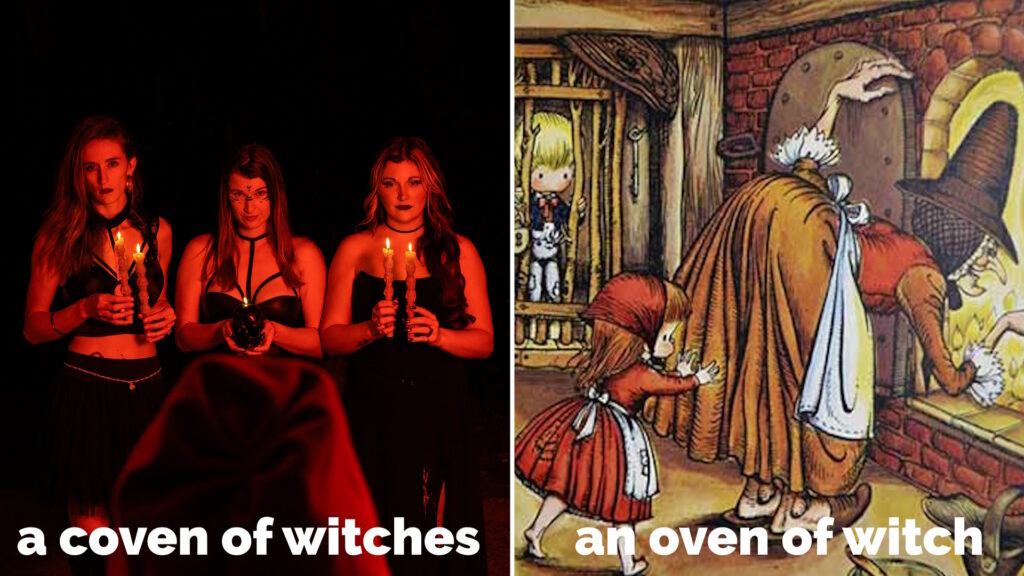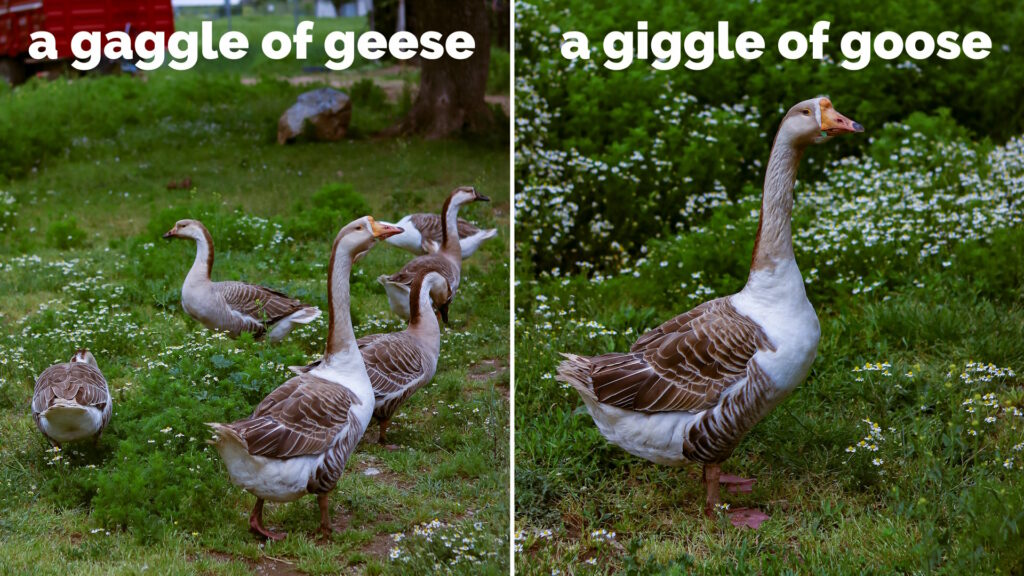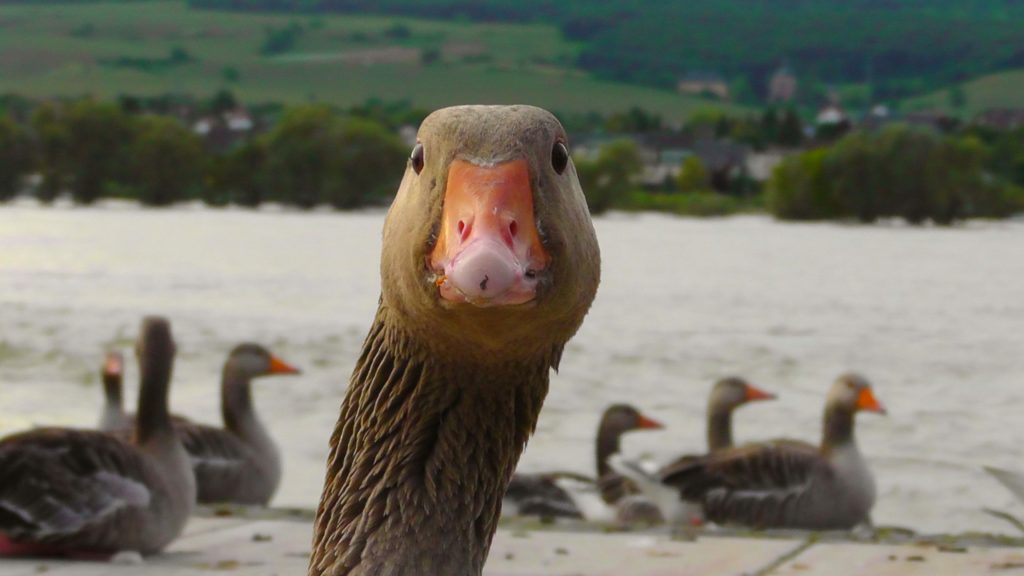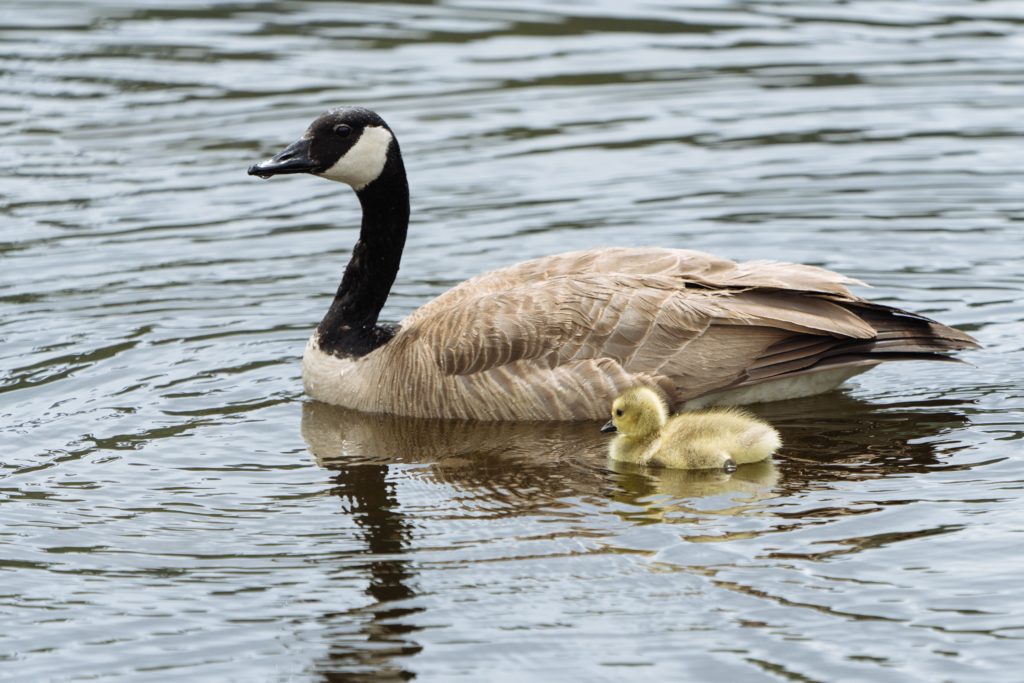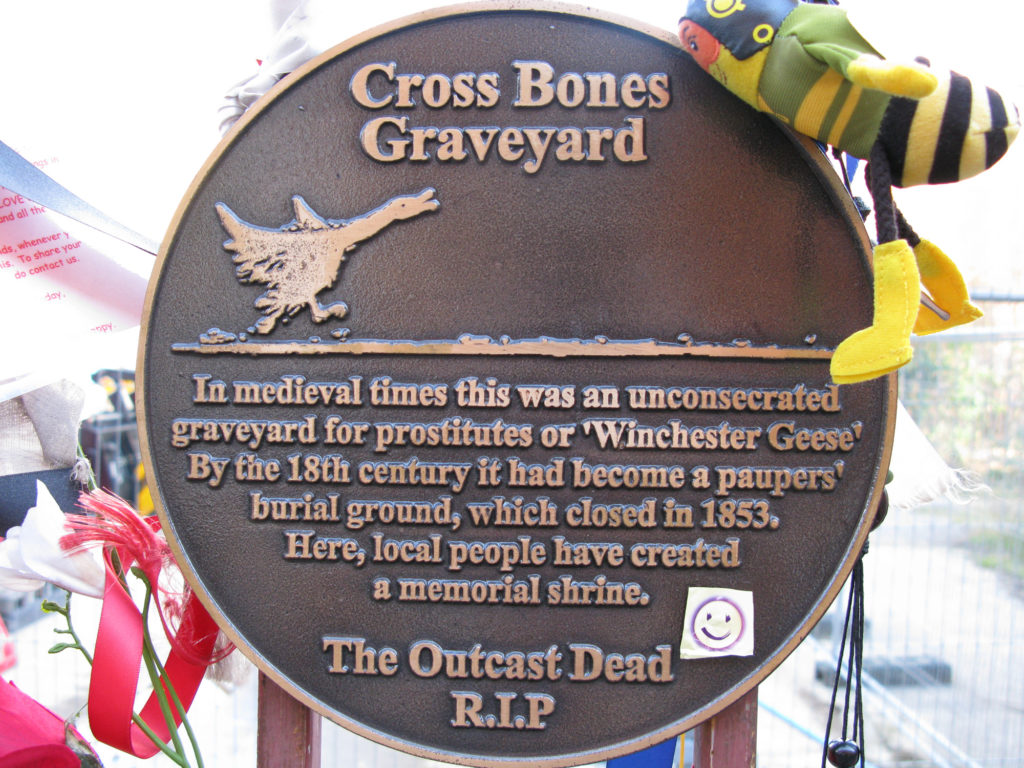Went to Alton Towers on Friday for the first time in years, along with
Ruth, Annie, JTA, and his sister Harriet. Highlights include:

Actually wandering around the towers, as opposed to just spending time on the rollercoasters. Who knew there was a ruin in the middle of the theme park (yes, I know, we all
knew, but who actually bothered to look before now).

Getting straight to the front of every single queue. I’ll tell you what; if you ever go to a busy theme park, take a friend in a wheelchair. It doesn’t actually matter whether
or not there’s any reason for them to be in a wheelchair (so long as they’re able to move around enough to get in and out of rides), because – at Alton Towers, at least – they didn’t
even bother to look at the medical notes we’d brought; they just had bits of paper to sign and then we all got “helper” armbands.
And you know what’s great about those armbands? They mean you can wheel your friend in through the exit of pretty much any ride you like, and skip the queue. With busy rides like
Nemesis (still perhaps the best-designed rollercoaster I’ve
ever been on, overall) and Air, it’ll save you hours of your day to
never have to queue, and it’s a lot cheaper than buying those controversial “queue jump” passes. I suppose that’s probably how we found the free time to tour the towers.
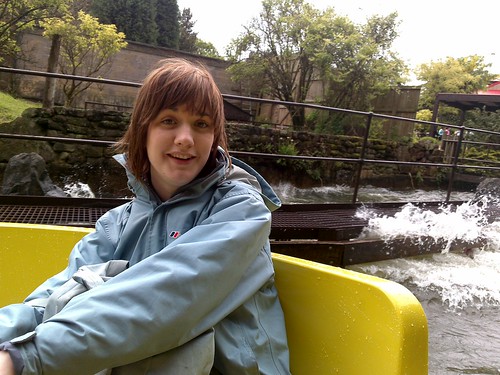
We squeezed in all of the water rides early on, because we didn’t know if it was eventually going to rain or not (it didn’t), and if it didn’t, we wanted the maximum possible amount of
time to dry off afterwards. Which would have worked as a plan, if it weren’t for the fact that Harriet, Annie and I had to board the log flume at a special “maintenance” station (where
they were able to park the wheelchair), and because they didn’t put our boat back into the maintenance station on our way back, we ended up going around twice (much to the
confusion of Ruth and JTA, who’d just de-boated and were waiting near the bottom of the big drop at the end to see us splash down and get off ourselves).
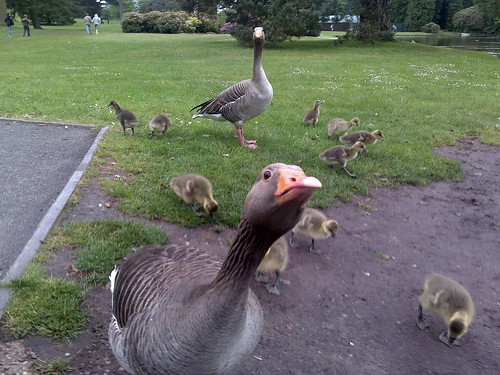
Shweet ickwe baybey gooshes!!! Yeah. And here’s a picture of a confused-looking mummy goose. Later, we encouraged kids to throw bits of their overpriced hot dogs to the (huge) carp in
the lake so we could watch them fight over it with the ducks. It’s easy to find entertainment in just about anything when all the rides are closing down for the night.
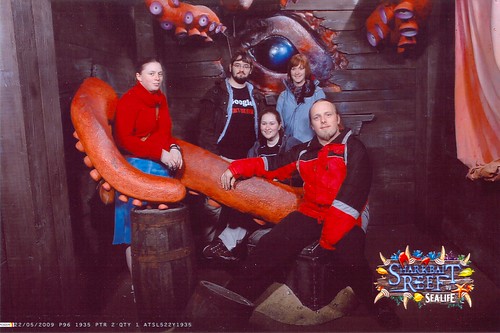
The relatively new aquarium/”Sea life centre” thingy, which actually turns out to be really, really, quite spectacularly good. They’ve got a petting zoo where you can play with hermit
crabs and shrimp and things; stingrays and sharks that they have a “feeding time” for, and lots and lots of glass (including an underwater tunnel through which you can walk. Of course,
being Alton Towers, they’re not going to let the fact that what you’re at is an aquarium stop them from selling you a ride photo, so they take a picture of you on the way in, as shown
above. If we look confused in the picture, it’s because we didn’t know we were about to have our photo taken until literally a split second beforehand – we thought that we were being
told where to stand in order to put us “out of the way” while they made provision for getting the wheelchair into the building.

And finally (simply because I didn’t get a picture – the one above is Creative Commons – thanks, alundavey!), I suppose I ought to mention the awesomeness that is the new ride, Rita – Queen Of Speed (stupid name, though). This hydraulic
launch (though it looks like a LIM-launched one, and certainly uses magnetic braking: wonder why they didn’t go the whole hog…) rollercoaster really does have a fabulous feeling of
acceleration: jumping from a standing start to 100km/h in barely over 2 seconds is quite spectacularly eye-watering.
Also, I think Ruth is in love with that rollercoaster. She sighs whenever I mention the name, Rita.
So, a rich, full weekend, between that and all the other bits and pieces I got up to. From tomorrow I’m up in Preston for a few days, then off up to Scotland for a week or so. I’ll blog
on the move if I can.
